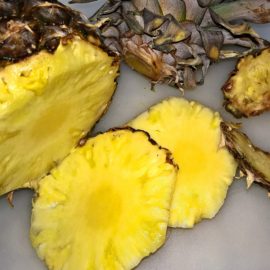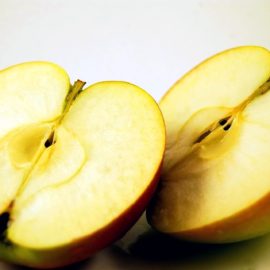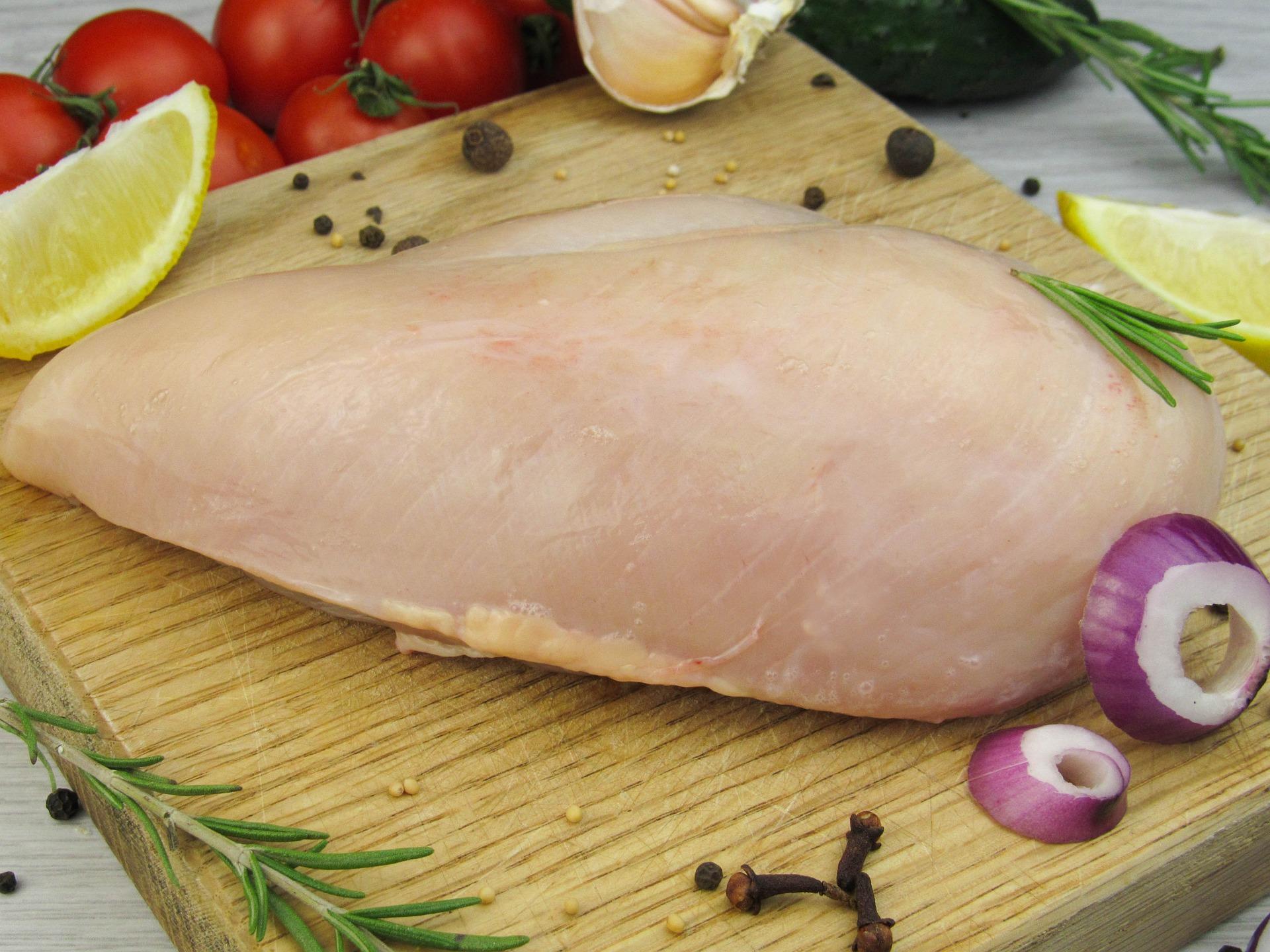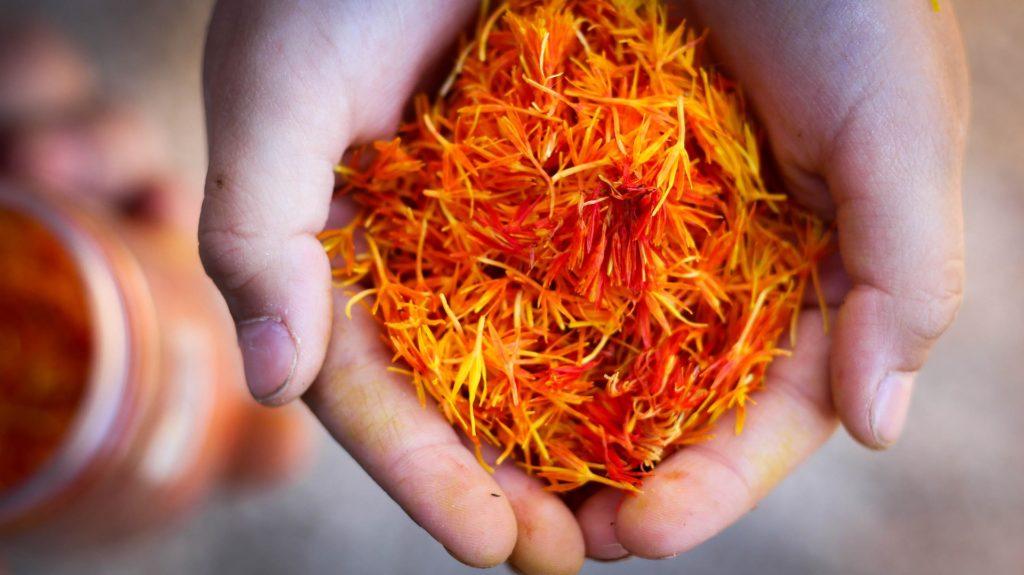
Saffron is the most expensive spice in the world. In fact, a pound of it can fetch for $1500 to $2500. Its low availability and the tedious work required are one of the reasons for it. But what does saffron taste like? Is it worth the cost?
Saffron is a spice obtained from the plant Crocus sativus. It is grown in limited regions. According to the Indian Institute of Integrative Medicine, Iran, India, Spain and Greece are the largest producers of saffron. Iran alone contributes to 88% of the world’s supply of saffron. To make it more difficult, each flower of the plant only produces three threads. The red threads are the stigmas of the flower. They are harvested manually and dried to produce the culinary spice. But since the crocus flower only produces a limited number of threads, it takes a considerably large farming area to produce the saffron in commercial quantity. A pound of the spice alone takes 75,000 crocus flowers to produce.
You might also like: Vanilla Flavoring: Where Does It Come From?
Saffron is a common spice in many cuisines. But it is particularly a feature in many Middle Eastern and Spanish dishes such as paella and risotto. Just a pinch of thread of saffron is enough for flavor and color. Often, it is prepared by steeping in milk or warm water for 30 minutes to release and flavor and draw out the color.
THE FLAVOR PROFILE OF SAFFRON
Saffron is one of the most common adulterated food items. This is due to its high cost and scarcity . Even today, the spice has a sizable counterfeit market. Pre-ground saffron is more prone to adulteration than whole saffron. Saffron imitation is usually odorless and bitter. And sometimes it tastes like plastic or metallic.
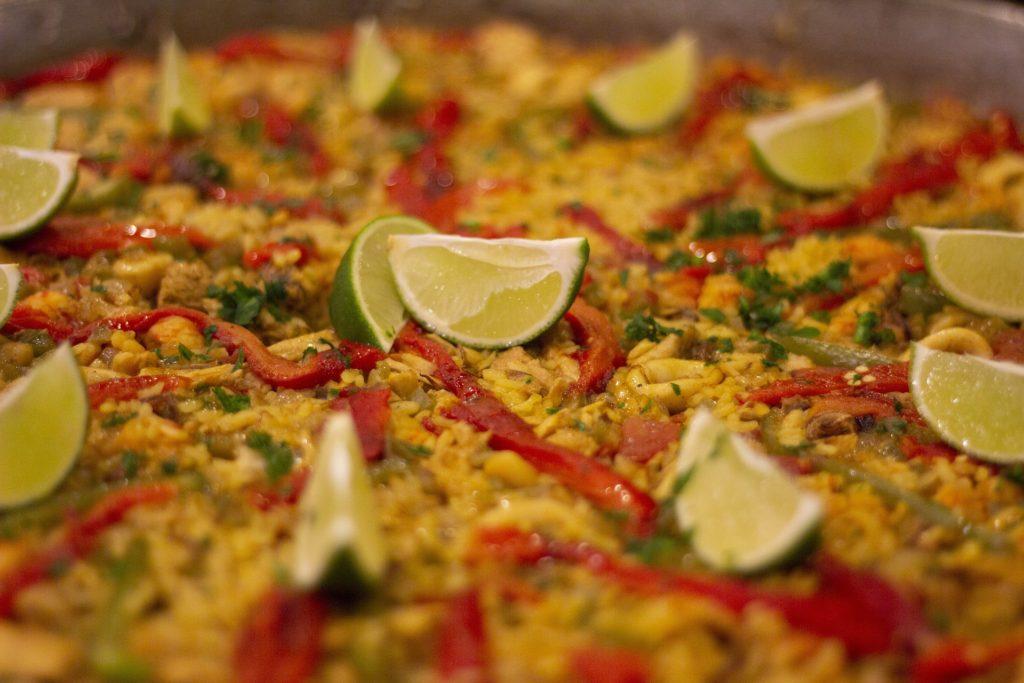
To increase its value, saffron is frequently combined with other spices such as paprika, turmeric, and annatto. But the use of artificial color to simulate the color of real saffron is probably the most concerning aspect of adulterated saffron. This article discusses saffron food fraud further.
American or Mexican saffron is obtained from a daisy flower. It lacks the flavor of true saffron. In many Indian dishes, turmeric is used as a saffron substitute to provide a similar color and flavor to foods. While turmeric is a good and inexpensive substitute for saffron in terms of color, it cannot replace saffron in terms of flavor.
Saffron is sought after for its complex and unique flavor profile. The taste of true saffron can be described as floral and sweet, or earthy and pungent, and some hints of hay, bitterness, and grassy, jasmine, and honey. The threads will turn a cup of water yellow. The resulting water will have a bitter taste, and the water will remain yellow after adding baking soda. With an increase in pH (acidity), many counterfeit saffrons will turn water red or brown. The threads of counterfeit saffrons will also disintegrate if soaked in hot water for about 5 minutes or so.
You might also like: How Is Cinnamon Grown? (True Vs. Cassia)
To release the flavor of saffron, crush the saffron threads with fingers before adding them to a dish. Use sparingly because too much saffron imparts a metallic taste.
SAFFRON CHEMISTRY
Saffron contains over 150 different compounds that contribute to the aroma and flavor. Some of the volatile compounds form during drying of stigmas. The two most important volatile components are safranal (which accounts for 70% of the volatiles) and betaisophorone. Both of these small organic compounds have a low water solubility, which makes them excellent volatile fragrances.
Safranal dissolves better in water than in oil. But it takes longer to escape and benefit from steeping. Adding directly may leave much trapped in the threads. To hasten the release the flavor, grind the spice in a pestle and mortar before steeping in warm or hot water for 20 minutes (up to 24 hours). To extract the minor compounds, add alcohol to the soaking water. The presence of fat in milk helps dissolve the less flavorful molecules. This process also extracts the color and aids in the creation of a flavor mixture that is homogeneous in the finished dish.
Saffron’s deep red color is due to the presence of the fat-soluble carotenoids crocin and crocetin. The breakdown of a compound called zeaxanthin produces these brightly colored pigments. Picrocrocin is a bitter byproduct of zeaxanthin degradation. Picrocrocin, a glucose derivative and water soluble flavor molecule, is the distinguishing feature of genuine saffron.
It is responsible for the lingering, slightly bitter taste of saffron. Picrococin and safranal are both unique to saffron, but their qualities, along with small amounts of pinene and the tenacious eucalyptus-like compound cineole, help to determine pairings.
These compounds are contained in the stigmas of the crocus flower. But in order to yield these molecules, drying is necessary. The drying process breaks down the cells to release the enzymes that kick starts the reactions that produce the flavor compounds of saffron. The optimal drying temperature for saffron is 104°F (40°). Carotenoid degradation occurs when drying temperatures are lower than 86°F (30°C) or higher than 140°F (60°C).
